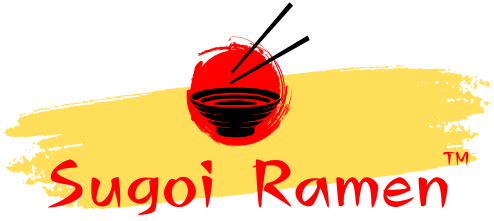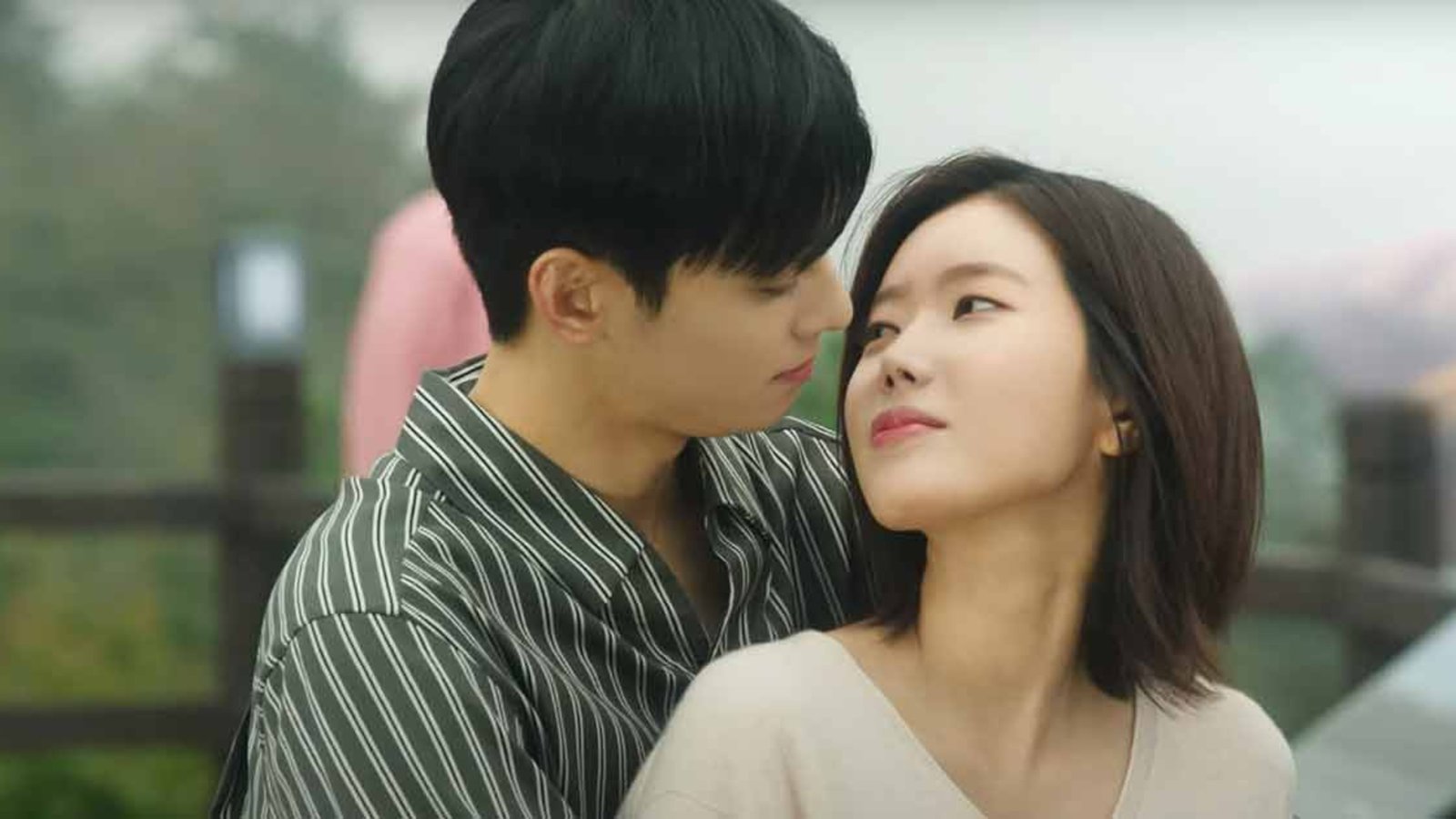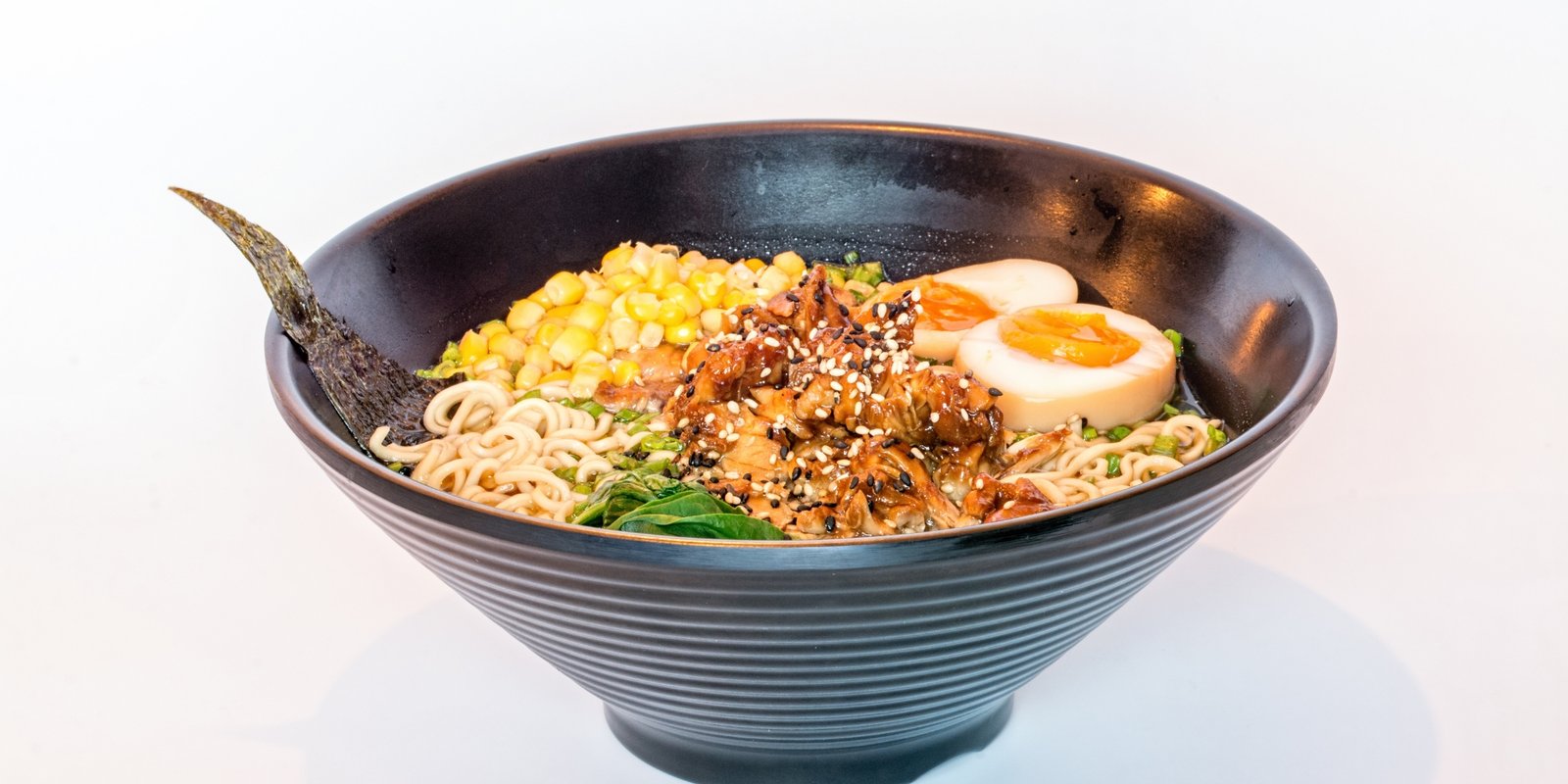Ramen in K-dramas is never just food—it’s comfort, chemistry, and confession all in one bowl. Whether it’s shared late at night between two leads or eaten alone after a heartbreak, Korean drama ramen scenes have become a staple of storytelling that fans look forward to just as much as plot twists and kisses.
In this deliciously curated article, we’re slurping through the most iconic Korean drama ramen scenes you absolutely can’t miss. From romance to rivalry, these moments prove that sometimes, a bowl of noodles can say what words can’t.
1. Crash Landing on You – The Borderline Bowl of Ramen
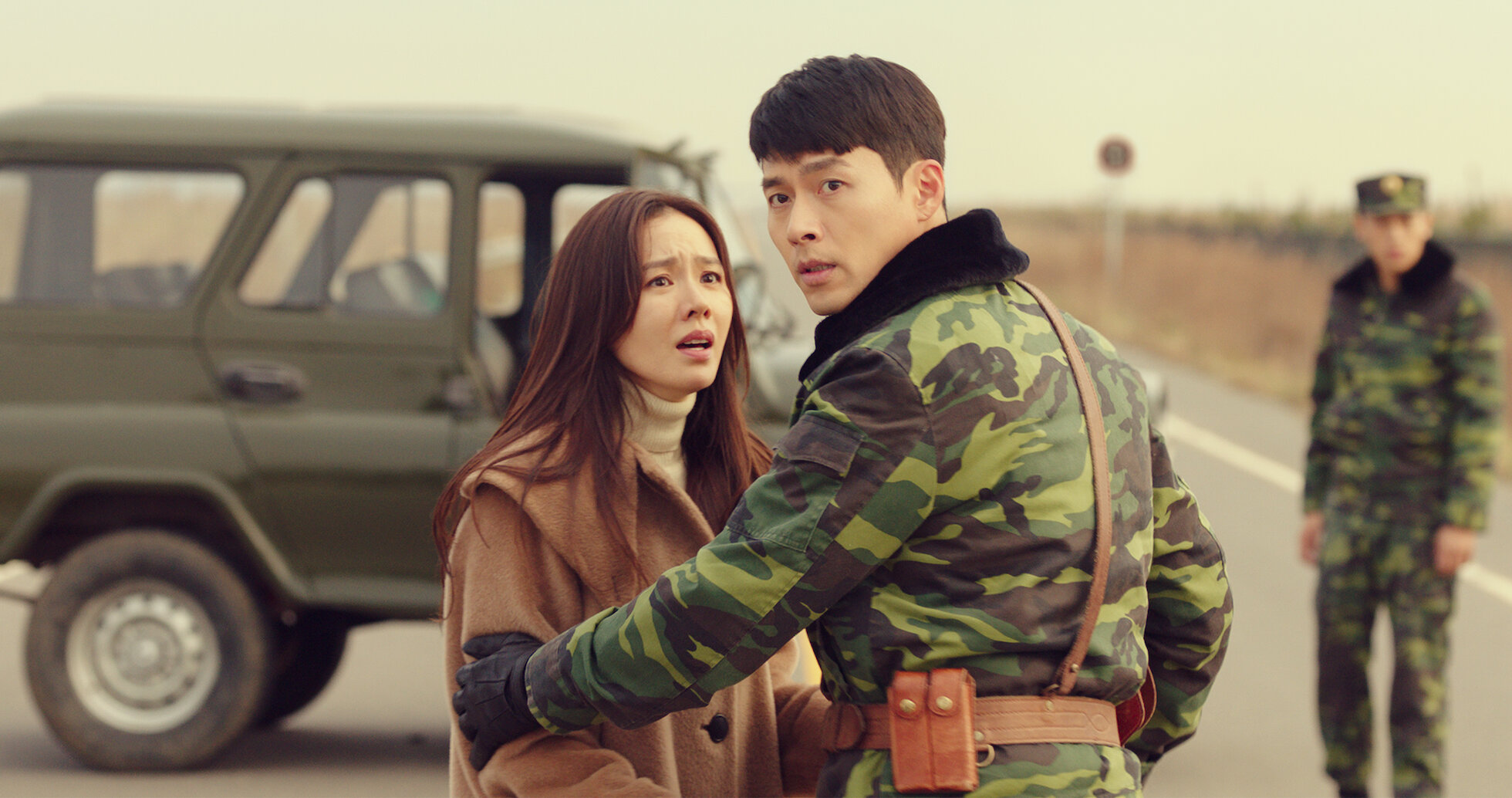
Scene: When Yoon Se-ri first eats instant ramen in North Korea.
Why It’s Unforgettable: It’s her first taste of “normalcy” after crash-landing—plus Captain Ri’s awkward hospitality is peak soft-boy energy.
Vibe: Fish-out-of-water comedy meets budding romance.
📝 This scene reminds us that comfort food crosses borders—even the most guarded ones.
2. Weightlifting Fairy Kim Bok-joo – Ramen as a Love Language
Scene: Bok-joo and Joon-hyung share ramen during their adorable, college romance phase.
Why It’s Iconic: Their playful banter over food reflects how their friendship is slowly evolving into love.
Vibe: Warm, youthful, and heart-fluttery.
🍜 Who needs roses when you’ve got late-night ramen and stolen glances?
3. My ID is Gangnam Beauty – The Healing Ramen Date
Scene: Do Kyung-seok and Mi-rae eat ramen at a convenience store.
Why It Stands Out: This simple meal becomes a moment of vulnerability and emotional connection.
Vibe: Subtle, soothing, and sweet.
💬 Sometimes, the quietest ramen dates say the most.
4. Itaewon Class – Revenge, Resilience, and Ramen
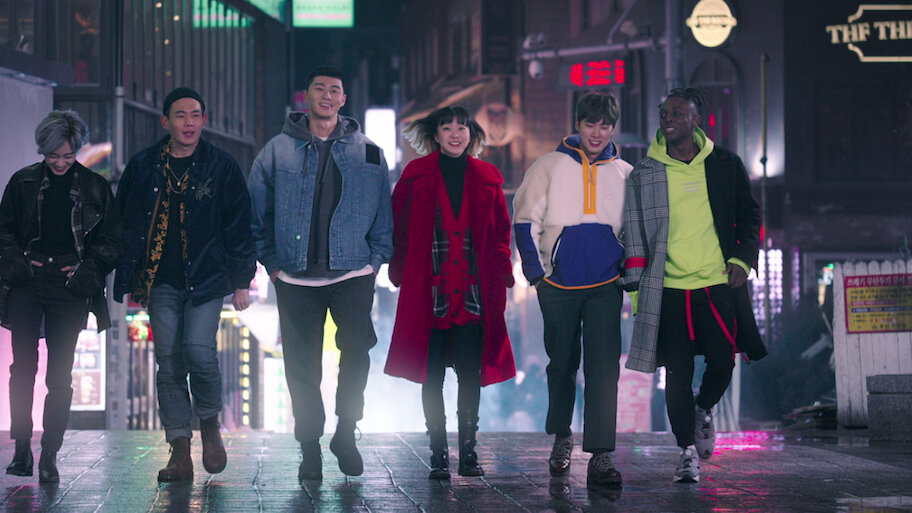
Scene: Park Sae-ro-yi and his team gather over bowls of ramen in DanBam.
Why It’s Special: It’s not just a meal—it’s a symbol of their bond and shared struggles.
Vibe: Brotherhood, hustle, and healing.
🔥 Proof that ramen is best served with a side of dreams.
5. Vincenzo – Ramen and Mafia Mood Swings
Scene: Vincenzo and Cha-young fight, then make up over ramen.
Why It’s Memorable: The contrast between mafia chaos and mundane ramen moments adds humor and humanity.
Vibe: Sizzling tension with spoonfuls of sarcasm.
😎 Even consigliere-types can’t say no to cup noodles.
Read Also :- Squid Game Review: Why India’s Audience is Obsessed with This Korean Thriller
Descendants of the Sun Review: The Timeless Korean Drama India Keeps Rewatching
6. Extraordinary Attorney Woo – Ramen and Routine
Scene: Woo Young-woo and Jun-ho share a regular ramen spot.
Why It Matters: Their simple ritual becomes a reflection of love blooming quietly.
Vibe: Wholesome, warm, and steady.
🐳 In a world full of unpredictability, ramen offers comfort—and so does love.
7. What’s Wrong with Secretary Kim – The Spicy Ramen Challenge

Scene: Young-joon and Mi-so try to outdo each other with spicy ramen.
Why It’s Hilarious: Watching a posh CEO struggle with spice makes for perfect rom-com gold.
Vibe: Flirty, fiery, and oh-so-fun.
🌶️ Nothing says tension like too much gochujang in your bowl.
Why Korean Drama Ramen Scenes Matter
Ramen isn’t just a meal in K-dramas—it’s a storytelling tool.
- Represents intimacy – Sharing ramen is often the first step to something deeper.
- Symbol of healing – Whether post-breakup or after a long day, ramen comforts.
- Cultural staple – Instant noodles are woven into daily Korean life, making scenes more relatable and real.
💡 Bonus: Ramen scenes are often preludes to confessions, kisses, or character breakthroughs.
Read Also :- 20 Best K-Dramas About Food & Cooking
Best Korean Dramas Where Characters Enjoy Ramen
Final Thoughts: Craving More Than Just Drama?
If you find yourself heading to the kitchen every time a ramen scene pops up, you’re not alone. These moments are not just fun—they’re filled with emotion, character development, and cultural flavor.
So next time you’re watching a K-drama, keep an eye out. That casual ramen scene? It might just be the most important one.
FAQ’s
Q1. Why is ramen so common in K-dramas?
Because it’s quick, comforting, and a relatable part of everyday Korean life—perfect for creating emotional or intimate moments.
Q2. Are ramen scenes symbolic in Korean culture?
Yes! They often signify comfort, friendship, or budding romance. There’s even a saying: “Do you want to eat ramen?”—a popular euphemism for romantic interest.
Q3. Where can I try K-drama-style ramen in India?
Many Asian restaurants and Korean cafes now offer authentic Korean ramen in metros like Mumbai, Delhi, Pune, and Bangalore.
Q4. Which K-drama has the most ramen scenes?
While many feature ramen, slice-of-life and romance dramas like Weightlifting Fairy, Reply 1988, and My Roommate is a Gumiho feature multiple memorable scenes.
